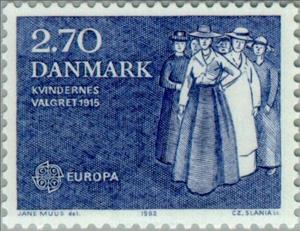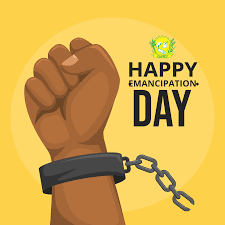Stamp: C.E.P.T.- Historical events (Denmark 1982)
C.E.P.T.- Historical events (Denmark 1982)
03 May (Denmark ) within release C.E.P.T.- Europe goes into circulation Stamp C.E.P.T.- Historical events face value 2.70 Danish krone
| Stamp C.E.P.T.- Historical events in catalogues | |
|---|---|
| Michel: | Mi:DK 750 |
| Yvert et Tellier: | Yt:DK 753 |
| AFA number: | AFA:DK 748 |
Stamp is horizontal format.
Also in the issue C.E.P.T.- Europe:
- Stamp - C.E.P.T.- Historical events face value 2;
- Stamp - C.E.P.T.- Historical events face value 2.70;
Stamp C.E.P.T.- Historical events it reflects the thematic directions:
The European Conference of Postal and Telecommunications Administrations (CEPT) was established on June 26, 1959, as a coordinating body for European state telecommunications and postal organizations. The acronym comes from the French version of its name Conférence européenne des administrations des postes et des télécommunications.
The Europa postage stamp (also known as Europa - CEPT until 1992) is an annual joint issue of stamps with a common design or theme by postal administrations of member countries of the European Communities (1956-1959), the European Conference of Postal and Telecommunications Administrations (CEPT) from 1960 to 1992, and the PostEurop Association since 1993. Europe is the central theme. EUROPA stamps underlines cooperation in the posts domain, taking into account promotion of philately. They also build awareness of the common roots, culture and history of Europe and its common goals. As such, EUROPA stamp issues are among the most collected and most popular stamps in the world. Since the first issue in 1956, EUROPA stamps have been a tangible symbol of Europe’s desire for closer integration and cooperation.
Emancipation has many meanings; in political terms, it often means to free a person from a previous restraint or legal disability that violates basic human rights, such as Universal Declaration of Human Rights. Politically it is also used as a guise to procure state power offering the appearance of helping economic and social rights, political rights or equality, often as a pretext for using specifically disenfranchised groups as political proxies in a rhetorical strategy to justify greater state authority over all individuals.
A woman is an adult female human. Before adulthood, a woman is referred to as a girl (a female child or adolescent)





